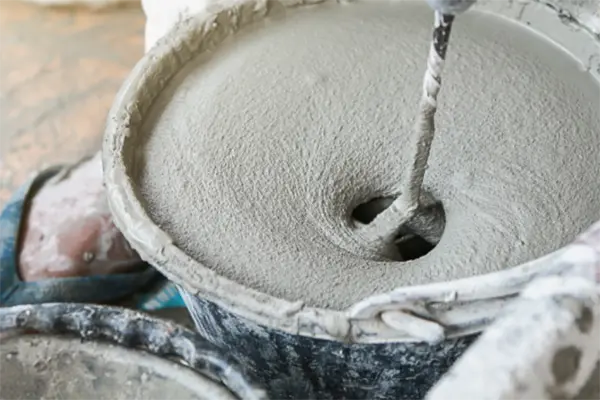When it comes to building robust and enduring structures, cement plays a vital role. But did you know that cement can be further fortified and optimized for specific applications? That’s where additives come into play. Additives are substances added to cement to enhance its properties and performance. In this article, we’ll explore the fascinating world of cement additives, delving into their types, functions, and the benefits they bring to construction projects.
Types of Cement Additives: A Diverse Arsenal
Cement additives come in various forms, each serving a specific purpose. Some common types of cement additives include cement polymer additives,accelerators, retarders, plasticizers, air-entraining agents, and pigments. These additives, in combination or individually, modify the properties of cement to meet specific requirements. From speeding up the curing process to improving workability and enhancing durability, these additives offer a wide range of benefits that greatly contribute to the success of construction projects.
The Functions of Cement Additives
Supercharging Strength: Reinforcing Cement’s Backbone
One of the primary functions of cement additives is to increase the strength and durability of the final concrete structure. Additives such as accelerators expedite the hydration process, allowing the concrete to gain strength faster. Conversely, retarders slow down the curing time, which is useful when working with large-scale projects or in hot weather conditions. By controlling the curing process, additives help ensure that the cement achieves its full strength potential, resulting in a resilient and long-lasting structure.
Enhancing Workability: The Smooth Operator
Another crucial function of cement additives is improving the workability of the cement mixture. Workability refers to the ease with which the cement can be mixed, placed, and finished. Plasticizers, also known as water reducers, are commonly used additives that enhance workability by reducing the water content required while maintaining flowability. This makes the cement easier to handle, mold, and shape during construction, providing greater control and precision to builders.
Defying Nature: Taming Unwanted Air and Water
Cement additives also address specific challenges posed by air and water. Air-entraining agents are additives that introduce microscopic air bubbles into the cement mixture. These bubbles act as pressure relief valves, allowing for expansion and contraction without causing cracks in the concrete due to freeze-thaw cycles. On the other hand, water-repellent additives, such as hydrophobic agents, help repel water from the surface of the concrete, minimizing water absorption and protecting the structure from moisture-related damage.
Benefits and Applications
Unleashing Versatility: Cement Additives in Action
Cement additives offer immense versatility, allowing for their application in a wide range of construction projects. From residential buildings and commercial complexes to bridges and infrastructure, cement additives find their place in diverse environments. They can be used in various cement-based materials, including concrete, mortar, and grouts. The ability to customize and optimize cement properties with additives opens up endless possibilities for creating structures that meet specific performance requirements.
Longevity and Durability: Withstanding the Test of Time
By incorporating cement additives, construction professionals can significantly enhance the durability and lifespan of concrete structures. These additives improve the resistance of cement to factors such as chemical attacks, abrasion, and weathering, ensuring that the structure maintains its integrity even in harsh conditions. With proper application and selection of additives, concrete can withstand the test of time, reducing the need for frequent repairs and replacements, and ultimately lowering maintenance costs.
Sustainable Construction: An Environmental Ally
In an era of increasing environmental consciousness, cement additives contribute to sustainable construction practices. Additives that enhance workability and reduce water content in cement mixtures can lead to lower carbon emissions during production. Moreover, additives that improve the durability and performance of concrete reduce the need for excessive material usage, resulting in less waste and resource consumption. By adopting cement additives, builders can contribute to a greener and more sustainable future.
Conclusion
Cement additives are the unsung heroes of the construction industry, enabling builders to optimize cement properties and achieve exceptional results. With a diverse range of additives available, construction professionals can tailor cement to specific project requirements, enhancing strength, workability, and durability. By embracing the power of cement additives, structures can withstand the test of time while promoting sustainable construction practices. So, whether you’re constructing a residential house or a monumental infrastructure project, cement additives are your secret weapons to building a solid foundation for success.
Post time: 3 月-19-2024





